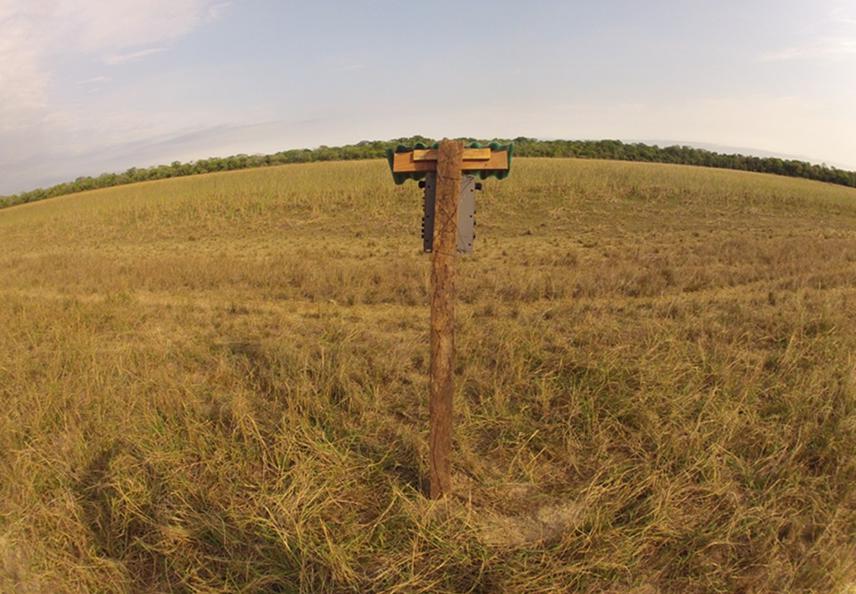Larissa Sayuri Moreira Sugai
To investigate the processes related to the acoustic structure of anuran assemblages in the Pantanal wetlands.

The acoustic assessment of biodiversity is an innovative and promising approach to assist in biological conservation. The acoustic output of interacting species is known to reflect biodiversity patterns, but the processes responsible for the observed outputs still lack comprehensive synthesis. Using anuran assemblages, an indicator group for habitat alteration, we will combine species-level phylogenetic and acoustic information to determine the main processes controlling the structure of the acoustic dimension of the assemblages along a gradient of environmental heterogeneity. We will investigate anuran assemblages in the south region of the Pantanal of Nhecolândia, a region characterized by the occurrence of permanent and seasonal ponds, with both fresh and brackish waters, embedded in a natural mosaic of grass savannas, woody savannas and forested areas.
We will use high resolution satellite imagery to map the ponds within the study area and extract metrics related to environmental heterogeneity to select ponds representing the entire gradient of habitat structure on its surrounding. In each pond, we will deploy automated acoustic recorders to record the acoustically active anuran species in a period within the rainy season.
From the recorded information, we will build matrices containing the pond’s species composition and species acoustic parameters to assess the acoustic structure of the assemblage. We will compare the acoustic and phylogenetic structure of the assemblage to understand whether processes related to competition for the acoustic space and species interaction in acoustic networks generate the observed structure. Finally, we will assess whether habitat structure is related to acoustic adaptation of species call’s parameters to the environment.
Each step in this study will provide products that can be readily applied to ongoing and future conservation projects in the study area, and whose framework can guide the design and data collection of conservation projects elsewhere. Our approach will provide a replicable framework for understanding community structure and dynamics, bridging theoretical ecology and conservation actions in the Pantanal.